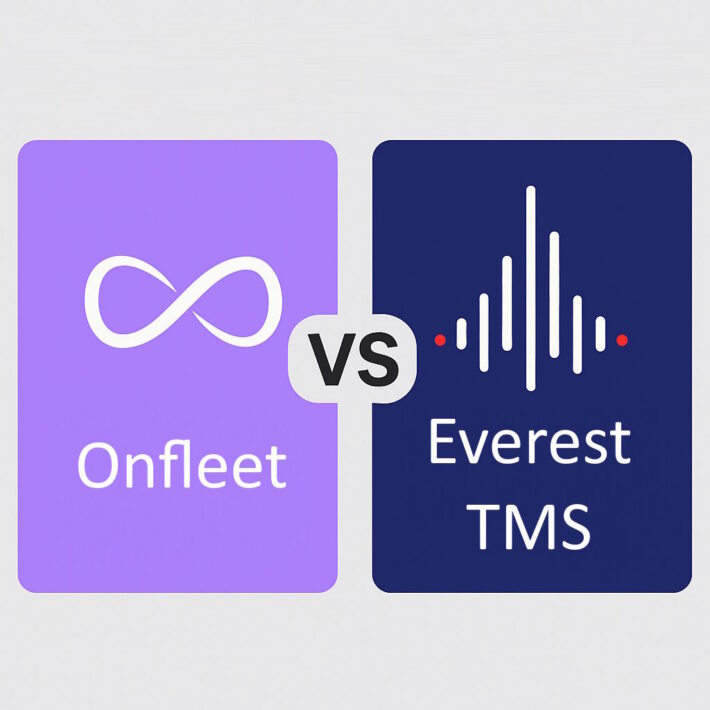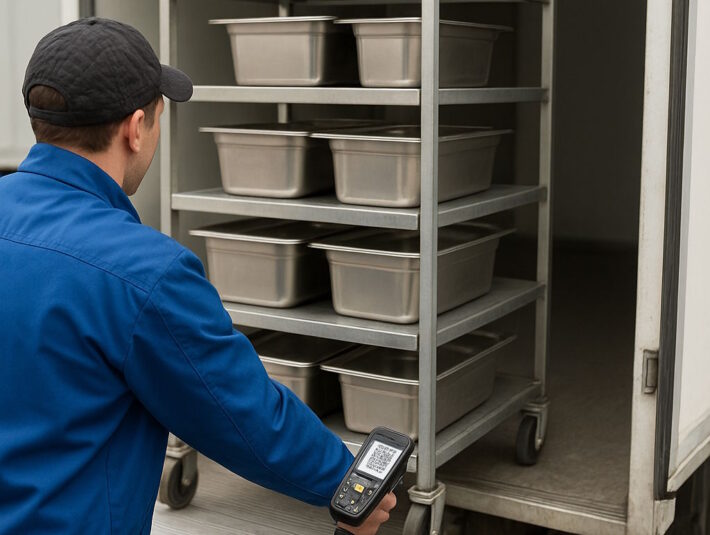Connected TMS: How API and Automation Are Revolutionizing Transport Management

In a world where logistical efficiency has become a major competitive advantage, connected Transport Management Systems (TMS) have established themselves as the backbone of modern transport operations. At the heart of this revolution: APIs, automation, and artificial intelligence that are radically transforming the way companies manage their logistics flows.
Why Connected TMS are Game-Changers in 2025
Connectivity is no longer an option but an absolute necessity in today’s logistics ecosystem. An isolated TMS, no matter how efficient, can no longer meet the demands of a market where information must flow seamlessly between different actors in the supply chain.
The numbers speak for themselves: according to a recent Gartner study, companies that have adopted an API-connected TMS have seen their productivity increase by 27% and their operational costs decrease by 23% on average.
APIs: The Foundation of Interconnected Logistics
What is an API in the Context of a TMS?
An API (Application Programming Interface) acts as a universal interpreter that allows different computer systems to communicate with each other in a standardized way. In the context of a TMS, REST JSON APIs have become the standard, offering:
- Maximum interoperability with your existing logistics ecosystem
- Integration flexibility with your ERP, WMS, or CRM systems
- Rapid implementation thanks to comprehensive technical documentation
Key Features of a High-Performance TMS API
A modern TMS must offer a complete API allowing at minimum:
- Automated creation of deliveries from your existing systems
- Real-time status updates for deliveries
- Interconnection with your logistics partners (carriers, customers, suppliers)
- The use of webhooks for instant notifications when status changes occur
“Our switch to a TMS with a complete API has allowed us to reduce the time spent on manual order entry by 90% and virtually eliminate transmission errors.” – Logistics Director of a national retail chain
No-Code Automation: The Democratization of Integration
One of the major advances in the field of connected TMS is the emergence of no-code automation platforms, such as Zapier, which allow automated workflows to be created without specific technical skills.
The Benefits of No-Code Integration for Your TMS
- Accessibility: even non-technical teams can create automations
- Speed: set up connections in minutes instead of weeks
- Scalability: easily modify workflows as your needs evolve
- Extended ecosystem: possible connection with more than 7000 applications
Concrete Examples of Transformative Automations
- Automatic creation of delivery missions as soon as an order is registered in your e-commerce system
- Automatic notification of your customers at each key stage of delivery
- Automatic updating of your CRM when a delivery is completed
- Automatic generation of invoices as soon as a service is completed
AI at the Service of Transport Management: A Concrete Reality
Artificial intelligence is no longer a futuristic concept but a reality that is transforming the daily management of transport. AI agents integrated into modern TMS offer revolutionary features.
What an AI Agent Can Do in Your TMS
- Predictive data analysis: anticipation of delays, proactive optimization of routes
- Virtual assistant accessible by chat or voice command for users
- Automation of complex tasks that previously required human intervention
- Optimization suggestions based on analysis of your historical data
The Measurable Benefits of an AI-Enhanced TMS
- 35% reduction in time spent on administrative tasks
- 25% improvement in the accuracy of delivery forecasts
- 20% decrease in kilometers traveled thanks to better optimization
The Concrete Gains of a Connected TMS for Your Company
Faster and More Reliable Communication
Automating the sharing of information between your TMS and your other IT systems not only drastically reduces manual tasks but also minimizes human errors. Your teams can thus focus on high-value operational activities rather than on data entry and transfer.
Access to New Business Opportunities
An easily interfaceable TMS constitutes a decisive competitive advantage during calls for tenders. Many large companies now require this integration capability as a prerequisite for any new logistics partnership. It is therefore a real growth lever for conquering new markets.
Reduction of Technical Dependency
Access to integration tools like Zapier allows you to quickly connect your TMS to new customers or partners without systematically calling on external development resources. This increased autonomy accelerates your integration cycles while reducing your development costs.
How to Choose a Truly Connected TMS?
To ensure you select a TMS that meets modern connectivity requirements, here are the essential elements to check:
- A complete and well-documented REST API with implementation examples
- Configurable webhooks for real-time notifications
- Native integrations with major e-commerce platforms and ERPs
- Compatibility with no-code automation tools like Zapier
- Integrated AI features for analysis and optimization
- Specialized technical support to assist you with your integrations
Conclusion: The Future Belongs to Connected TMS
At a time when logistics is becoming increasingly complex and strategic, connected TMS are emerging as the essential solution for effectively orchestrating all transport operations. Thanks to APIs, no-code automation, and artificial intelligence, these new-generation systems no longer simply manage transport: they create an intelligent, responsive logistics ecosystem that is perfectly integrated with your entire value chain.
Companies that know how to take advantage of these connected technologies will have a decisive competitive advantage in a market where logistics excellence has become a key success factor.
Would you like to learn more about connected TMS and discover how they can transform your transport management? Contact our experts for a personalized demonstration.



